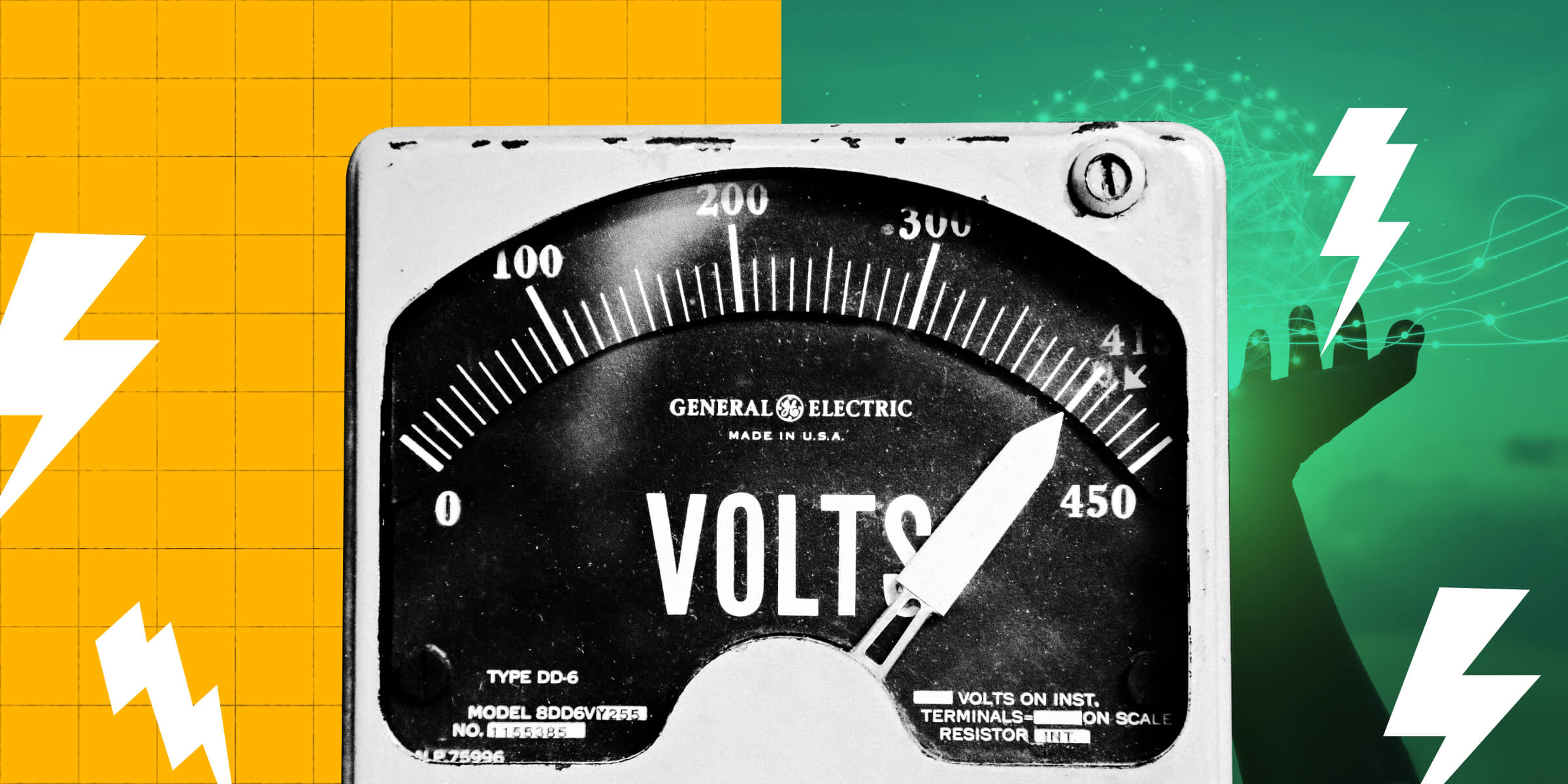We’ve reached the tipping point in the semester: Zoom classes have become draining for both you and your students, you find yourself spending too much time outside of working hours grading and researching, and attendance numbers have decreased in your class. If you identify with one or more of these instances, then you may be experiencing symptoms of the mid-semester slump—a period where you and your students start to lose momentum, motivation and meaning halfway through the term.
Injecting some excitement into your course delivery doesn’t have to be a Herculean effort. Below, we share simple tactics to re-energize your learners and reignite your own spark during this busy period.
How to re-energize your students mid-semester
1. Rethink the importance of assignments
Students are stressed with presentations and exams. In preparation for their midterm, consider giving them extra time in the next few weeks to absorb the material covered to date. If your course doesn’t include a midterm, allowing for a reflective period can help students solidify their learning without the pressure and stress they may feel to get a high grade. If you’re keen to keep your assignments, you may want to proceed with empathy. For instance, a free pass on a recurring assignment can give students a motivation boost that they desperately need during this time—so says Camie McBee, English Instructor at Iowa Western Community College.

2. Invite guest speakers to your class
A discussion with someone who might add value to your classroom can create some excitement and motivate students to attend class. Invite someone who you know will re-energize your students, such as a popular subject matter expert in your field. As a plus, geographic barriers are now removed with Zoom classes—meaning the possibilities for guest lecturers are virtually endless. Lecturer Jasmine Roberts in the School of Communication at The Ohio State University has found success by inviting guests as a way to streamline her course preparation.
A1: I am still trying to figure this out myself. A few things that have helped with streamlining course prep: Build in activities for small group discussion. Utilize guest speakers. Sometimes students get tired of just hearing from us 😉#ProfChats
— Jasmine Roberts (@ProfJasmine) January 21, 2021
3. Rethink the length of your class and how you use your time
If you’re teaching synchronously this term, consider cutting the length of your class sessions in half. You might want to repurpose any class time for recapping what will be on your midterm exam or solely to answer questions your students may have about content they don’t understand. Alternatively, take a page out of the book from Professor Sarah Sletten, who flipped her classroom and found that student engagement actually increased asynchronously.
4. Direct your students to online resources dedicated to mental and physical wellbeing
You won’t have all the answers to get students back on track with respect to their mental and physical health. But that doesn’t mean you can’t help them. Alert your students to your campus’ wellness center and any free online resources that your institution offers. Additionally, the University of British Columbia (UBC) has put together a list of apps and interactive resources for helping students manage their stress. Share the list with your students here.
Subscribe to Top Hat’s weekly blog recap
Get the best posts of the week delivered to your inbox:
How to re-energize yourself mid-semester
5. Tackle the biggest thing on your to-do list
Avoid procrastination when possible. That research proposal won’t go away, and instead, it’ll only add to the amount of work you need to do in future. Try to chip away at your biggest task as early as you can during spring break. Multitasking can also backfire and can only add to the amount of time it takes to complete a task. Consider time blocking or setting a predetermined time frame to get your task done.
6. Don’t over-commit
It’s easy to say ‘yes’ to new opportunities and academic endeavors—especially those that your colleagues are involved in. Remember that your students, TAs, research and grading responsibilities are all competing for your attention—be selective as to where you devote your time. Saying ‘no’ can be beneficial for your mental wellbeing and allow you to enjoy non-academic hobbies and events.
7. Ask your colleagues for support
Chances are that others in your department or program are starting to feel the effects of this week to two-week period in academia. Consider asking your colleagues about their strategies for focusing on themselves—ranging from working hours to diet and exercise routines. You could even attend one of their classes to see how they approach certain issues like time management, student engagement, community and other related factors.
8. Celebrate the small wins
Don’t undermine your hard work and the effort you spend teaching, grading, researching and replying to your students and TAs. After achieving a milestone—such as finishing grading students’ presentations or after drafting your mid-semester course evaluation—reward yourself accordingly. It could be as simple as ordering takeout. Dr. Tazin Daniels, Assistant Director at the Center for Research on Learning and Teaching at the University of Michigan, also highlights the value of finding a core group of individuals who can act as champions of your success.
A8. Forget about #selfcare – lets talk about #communitycare!!! Find your people across the digital divide. We are more alone but also more connected than ever! Who are the people you can text/zoom everyday to share the little successes and dissapointments? #ProfChats
— Dr. Tazin Daniels (@ThePedagologist) November 19, 2020
9. Ensure you get a good night’s sleep
An early sign of burnout—and clear indicator that you’ve reached the midterm slump—is the constant feeling of exhaustion. Try to go to sleep and wake up at the same time each day, even if you don’t have an early morning class to teach. By ensuring you focus on your own physical health, you’ll be better equipped to give your students the support they need during this busy time of the year.


